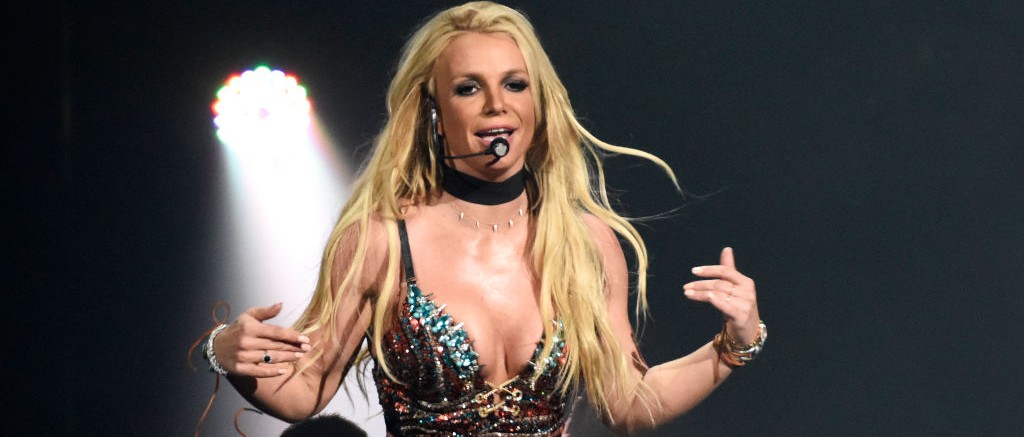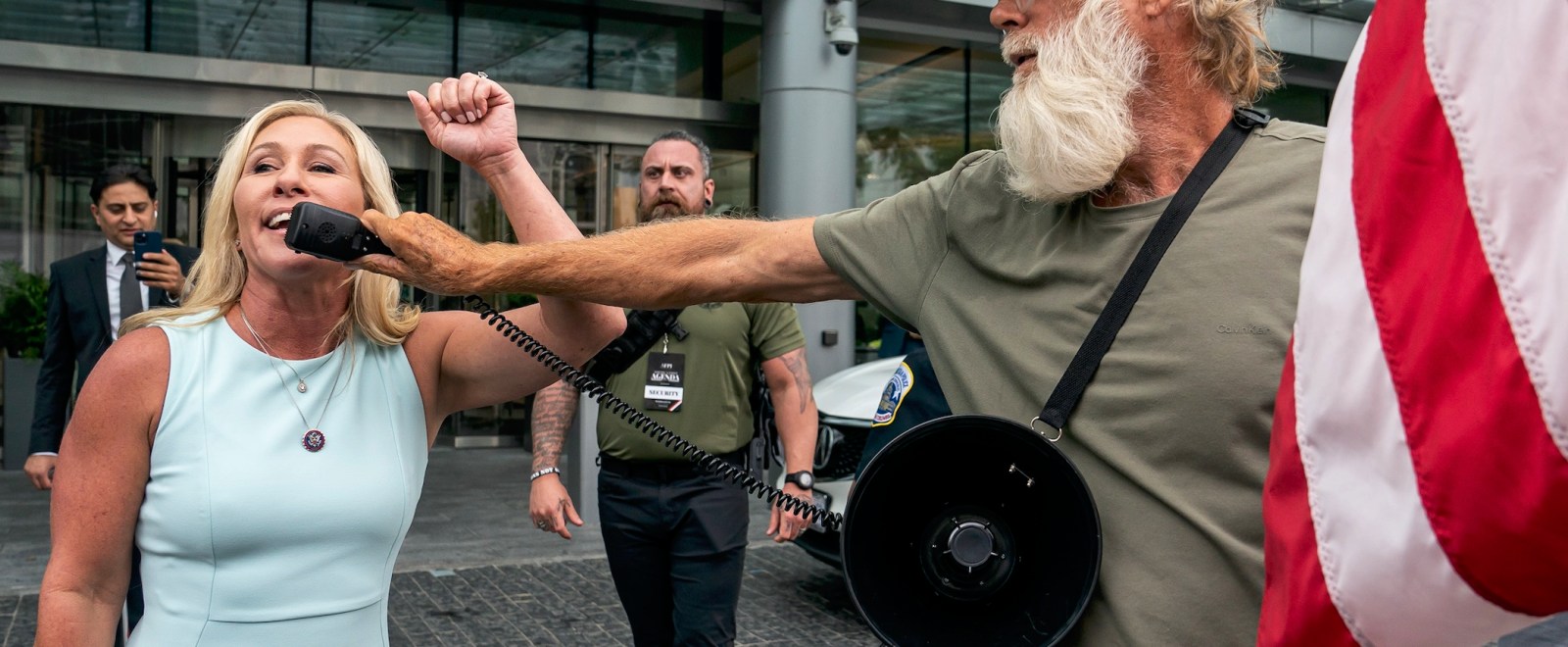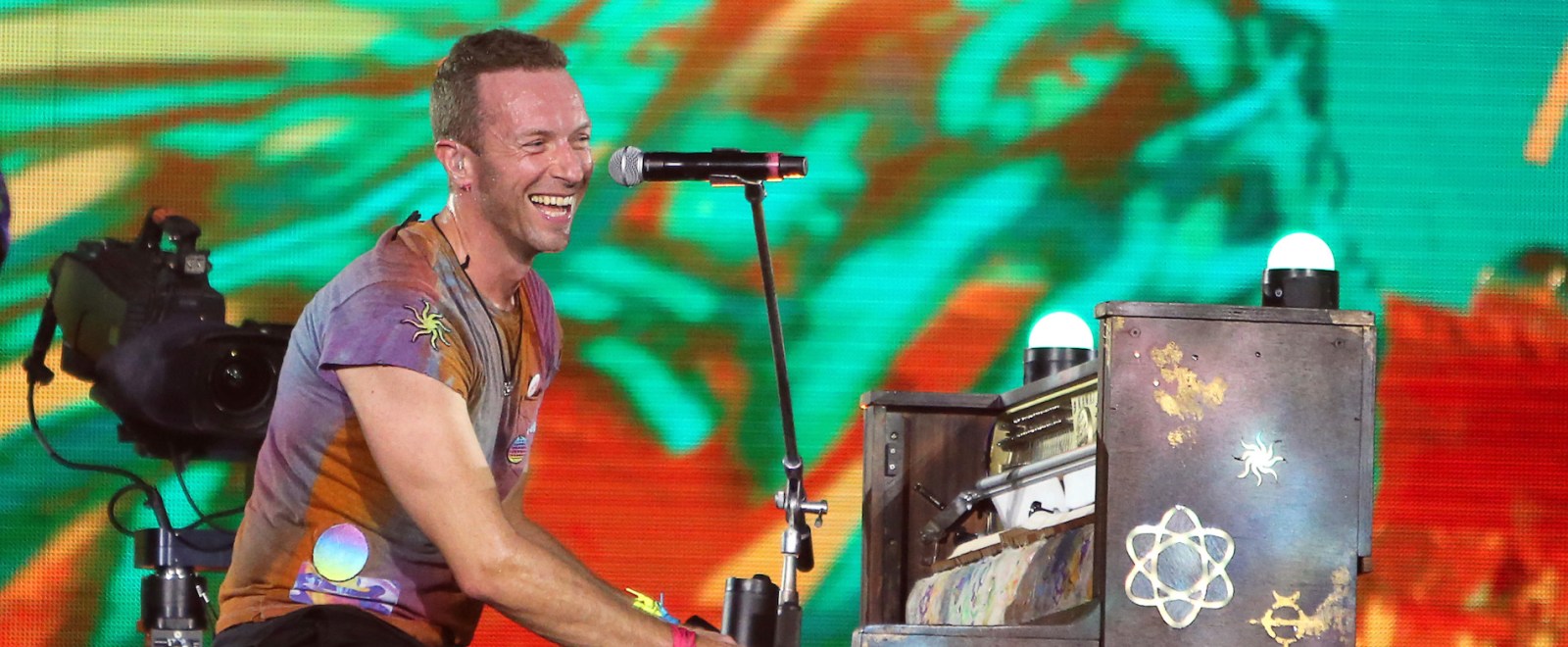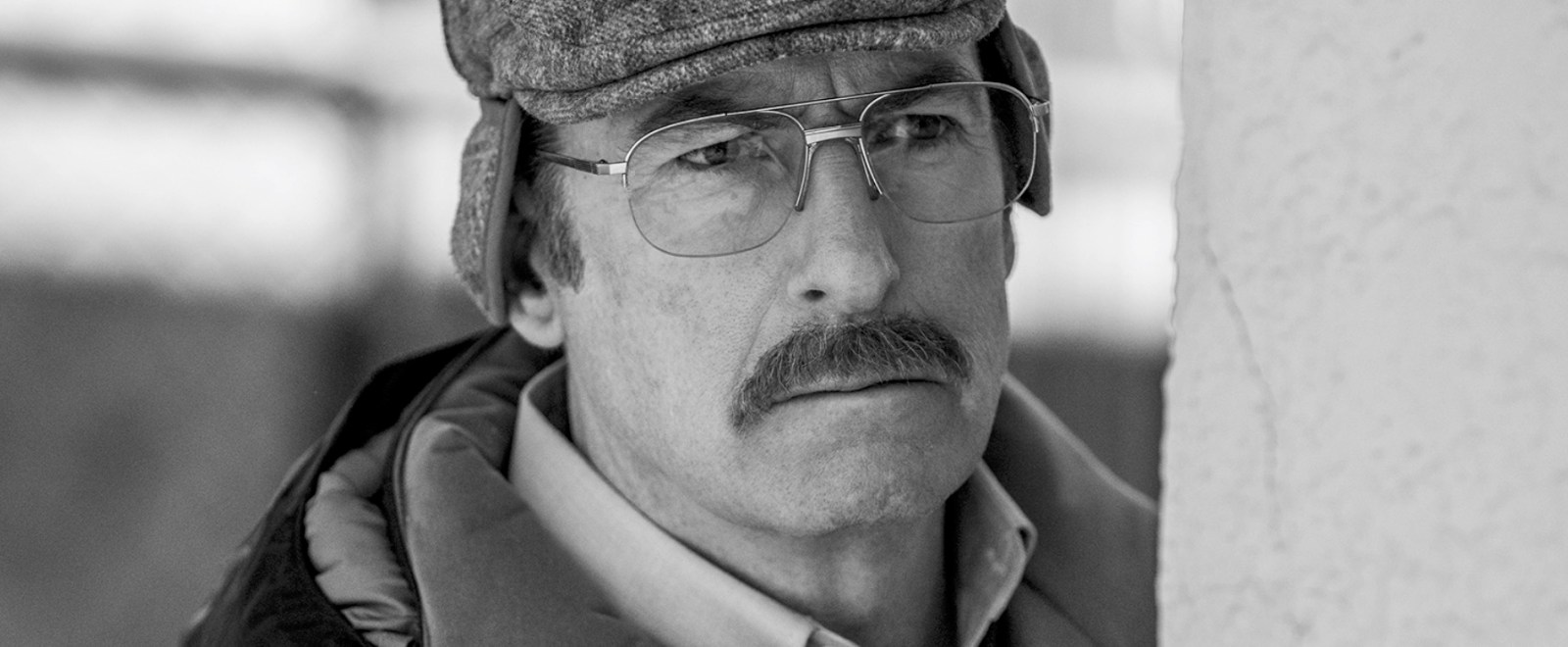Multiple times per week, our TV and film experts will list the most important ten streaming selections for you to pop into your queues. We’re not strictly operating upon reviews or accrued streaming clicks (although yes, we’ve scoured the streaming site charts and ratings) but, instead, upon those selections that are really worth noticing amid the churning sea of content. There’s a lot out there, after all, and your time is valuable.
This first season’s got a long tail as a breakout hit, and if you’ve managed to resist this intense portrayal of kitchen-based drama, then it’s time to give up that fight. Not even an exploding toilet could stop Jeremy Allen White‘s Carmy and the rest of the Chefs from delivering the goods at their sandwich shop, and although there’s still one enormous question that will hopefully be answered in Season 2, this show’s also a snowball of a watch that one can take on twice and rediscover the (enjoyable) stress of this story all over again. Ebon Moss-Bachrach and Ayo Edebiri still haven’t received enough credit, and the cameos (not spoiling) will truly surprise you.
TIE: 10. Jurassic World Dominion (Universal Pictures film streaming on Amazon Prime & Apple TV+)
Alright, so not everything that’s popular is also a critical hit, and that’s fine. This sequel’s heavy on the locusts, which is a little odd, but the movie still manages to be a blockbuster that you can enjoy in your own living room. Chris Pratt and Bryce Dallas Howard return with O.G. stars Sam Neill, Laura Dern, and Jeff Goldblum in tow, finally all back together. For whatever reason, these characters will all never learn to stop f*cking with dinosaurs because “life will find a way” to destroy us all. And this short-sighted struggle will somehow never grow too tired for people to stop watching.
This show’s a magnificent victory that’s roaring through second-season mode of an Indigenous showrunner, writers, cast, and crew all telling their stories the way that they want to tell them. Sterlin Harjo and Taika Waititi’s principal rascals are still weaving through rural Oklahoma (filmed both in Muskogee and Tulsa) in this story of comically low-stakes criminals dodging ridiculous rivals and simply attempting to make it, somehow and someday, to California.
This adaptation (of Brian K. Vaughan’s comic book series) is slightly more forgiving to some characters than the source material, and Stranger Things fans will love it, as will Yellowjackets devotees who cannot wait to find out more about the past and the future, all warped and wrapped up within themselves. Here, we’ve got more kids on bikes in the 1980s, but they leap forward in time to greet their future selves, and not all is as anticipated. The sci-fi isn’t as stellar as the story itself, which revolves around friendship and the importance of not ignoring one’s inner dialogue, all while saving the world.
7. Power Book III: Raising Kanan (Starz series also streaming on Hulu)
50 Cent’s hit saga continues with a second season of this spinoff. This round’s all about the family ties that bind, and those ties grow complicated with the expanding drug operation, personal lives of brothers and mother, and more blows to the family business due to the record label. Issues of trust swirl, and the inner dynamics grow strained beyond belief. 50 Cent is also currently shopping his brainchild around for future seasons, so stay tuned for that drama, too.
This show’s reportedly safe from the chopping block that’s potentially going to go down at Warner Bros. Discovery, and hopefully, Harley, King Shark, Ivy, and the rest will be around for future seasons. In the meantime, gather round for more Harlivy and enjoy how this show’s jam-packed with more uproarious jokes than one could ever expect from an animated series that a lot of people slept on a few years ago. Goodbye, Gritty Gotham, and hello, gloriously profane, bat-filled (on a few notes) mayhem.
5. Mike Judge’s Beavis and Butt-Head (Paramount+ series)
These slackers are still everything that you need them to be: mindless, largely harmless idiots who shall never change, no matter what. And thank goodness for keeping the brand strong. Mike Judge’s music-video loving buttmunches were sorely missed, and they’ve got nothing new to bring to the table, and that is simply glorious news. Don’t call it a reboot (thank you, LL Cool J), these guys have remained within our consciousness for all these years, and all hail the Spirit of Cornholio. Maybe hold out for some Daria as a guest appearance, too.
Quick and down and dirty and with a total badass of a female protagonist. The Predator franchise has arguably never been better. And don’t mess with a female Comanche warrior who’s not only fighting against the alien creature who’d like to kill every human for the hell of it. She’s also fighting against those who’d hope to bring colonialism to take over her tribe, and then there’s the force of nature itself. She’s got her work cut out for her, alright, but fortunately, she kicks some serious tush.
3. Only Murders In The Building (Hulu series)
Is it finale time again already? Almost. This could very well be Steve Martin’s final project before he heads into retirement, and both he and Martin Short are total hoots here. Do not sleep on Selena Gomez’s performance. She’s as underappreciated by the Emmys as she’s been throughout her career in in Hollywood, but if you would like some more of her irresistible, sometimes deadpan magic, head over to HBO Max and watch the bounty of Selena + Chef episodes.
Holy hell, this prequel (and this universe) is coming to an end, and none of us are ready for this. Jimmy/Saul/Gene’s fate is still up for grabs, and Kim Wexler ain’t doing so great, but she’s alive, and this finale might very well destroy us all, but at least we know that Walter White and Jesse Pinkman are still next in the timeline. Let’s have more Cinnabon, Cinnabon, Cinnabon while hoping that Kim can somehow be happy, given that she lost that baggage, but let’s get real: there could be some prison sentences coming for the formerly-and-mutually chaotic duo.
Finally, Neil Gaiman’s legendary and lugubrious comic book series — beloved by legions — has arrived in all of its breathtaking glory. If you were worried that this three-decades-in-the-making adaptation would disappoint, you can let go of that fear. The entirety of this project (thus far) was surprisingly worth the wait, and “The Sound Of Her Wings” turned out to be the most beautiful TV episode of the year. Tom Sturridge plays Morpheus in all of his angular glory, and Kirby Howell-Baptiste is remarkable as Death. That’s only the beginning of the ensemble cast who really brings it, so enjoy this gorgeous tapestry infused with mythology, which floats in like a Dream.



 (@RonFilipkowski)
(@RonFilipkowski)  (@js_edit)
(@js_edit) 



 (@mx_christina)
(@mx_christina) 



